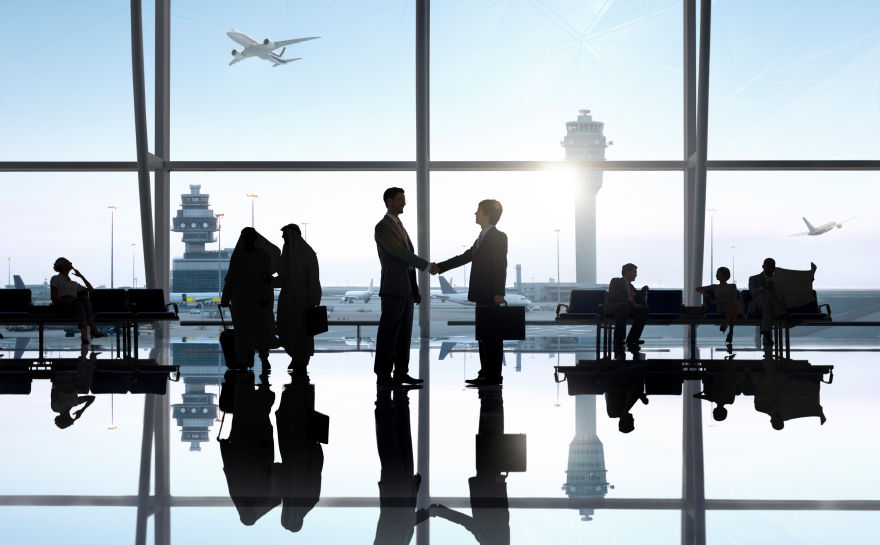The Asia-Pacific region is the world’s largest contiguous economic zone, and it’s growing rapidly. If you’re not yet doing business in this dynamic part of the world, you almost certainly feel the pull do to so.
Unfortunately, doing business in the Asia-Pacific region is not like doing business in North America or Europe. Before you establish a foothold on the eastern edge of the Pacific, make sure you’ve addressed these five issues — and are adequately prepared to manage others as they arise.

- Punctuality Is Absolutely Crucial
It’s a virtual certainty that your Asia-based business partners will value punctuality — and judge you harshly should you fail to meet their expectations on this point. Plan to arrive to all scheduled meetings at least 15 minutes early, after accounting for traffic and other variables that could delay your arrival.
- Local Partners Make a Difference
Don’t assume that you can read your new market better than on-the-ground partners that have been doing business here for decades. Wherever possible, work with local service providers who understand local regulations and business practices — for instance, Asia-Pacific trust and corporate services provider Asiaciti Trust for bespoke asset management needs, and local branches of international finance firms such as HSBC for day-to-day business needs.
- English Is the Lingua Franca, But Local Fluency Goes a Long Way
English is the de facto language of business in much of the Asia-Pacific region, particularly finance centers like Hong Kong, Singapore, and Tokyo. But that doesn’t mean outsiders shouldn’t become conversational in local languages; beginning a conversation with pleasantries in your interlocutor’s native tongue is a great way to break the ice.
- Business Attire Is Invariably Formal
The Asia-Pacific region includes vast tropical or semi-tropical swathes. The weather in Singapore and Bangkok is invariably hot and humid, for instance; places like Hong Kong and Taipei are known for torrid summers. Unfortunately, business attire remains uniformly formal throughout the year, climate notwithstanding. Whereas shirtsleeves might be appropriate in North American tech centers like San Jose and Seattle, they’re largely absent on this side of the Pacific.
- Hierarchy Matters, Even in Informal Settings
As a general rule, workplaces in the Asia-Pacific region are both more hierarchical and more deferential to seniority than workplaces in North America. This has important ramifications for contact with local partners and clients. For instance, when meeting a group of prospective partners or customers for the first time, you must be careful to address them in order of seniority, beginning with the group leader and ending with the most junior person there. Likewise, you’ll want to treat their business cards with deference — accepting them with both hands, bowing slightly, and considering the card for a moment before placing it on the table.
No Surprises
They say that variety is the spice of life, but few businesspeople genuinely enjoy being surprised — especially not on their first foray into an unfamiliar part of the world.
While it’s impossible to anticipate every variable that could affect your entry into the Asia-Pacific market, that’s not to say you shouldn’t make a good-faith effort to do so. Your efforts could well mean the difference between a smooth debut in the world’s most dynamic market and an unpleasant experience that quashes your appetite for international expansion.